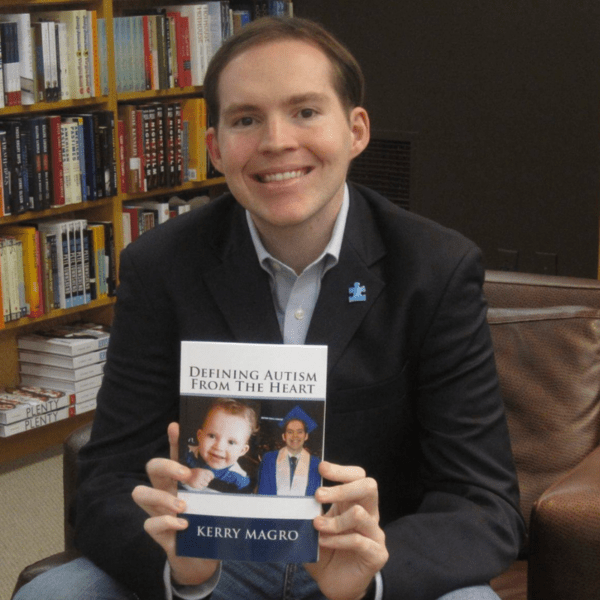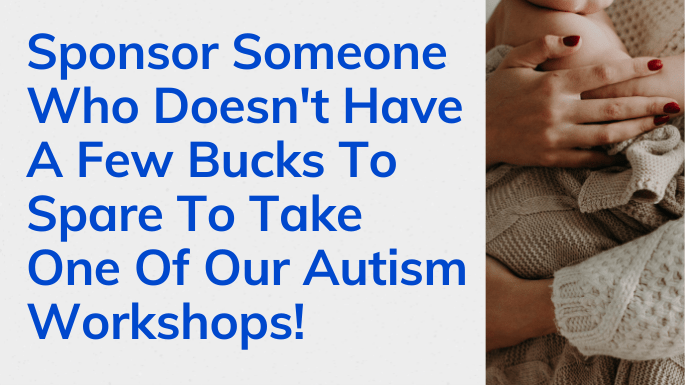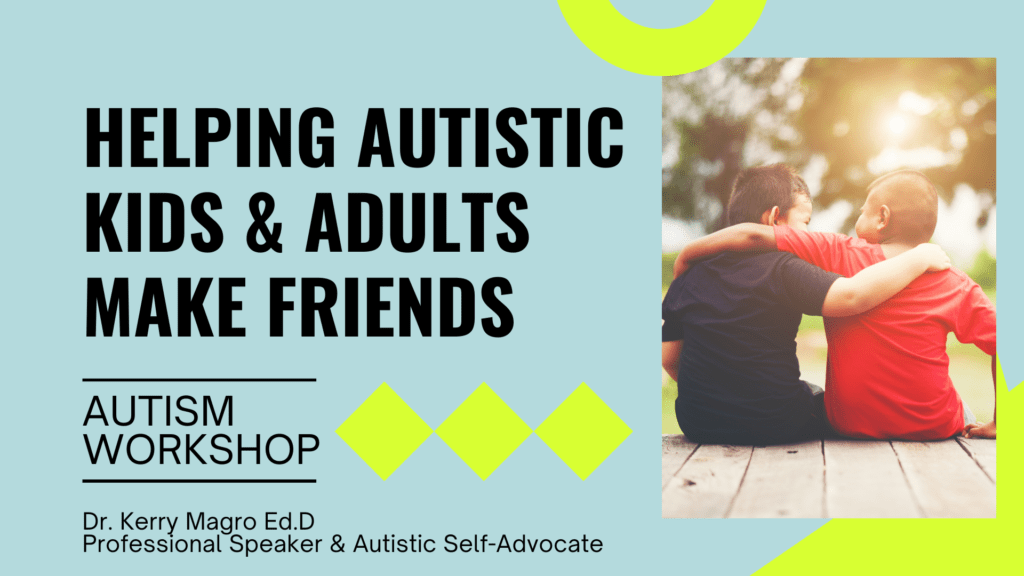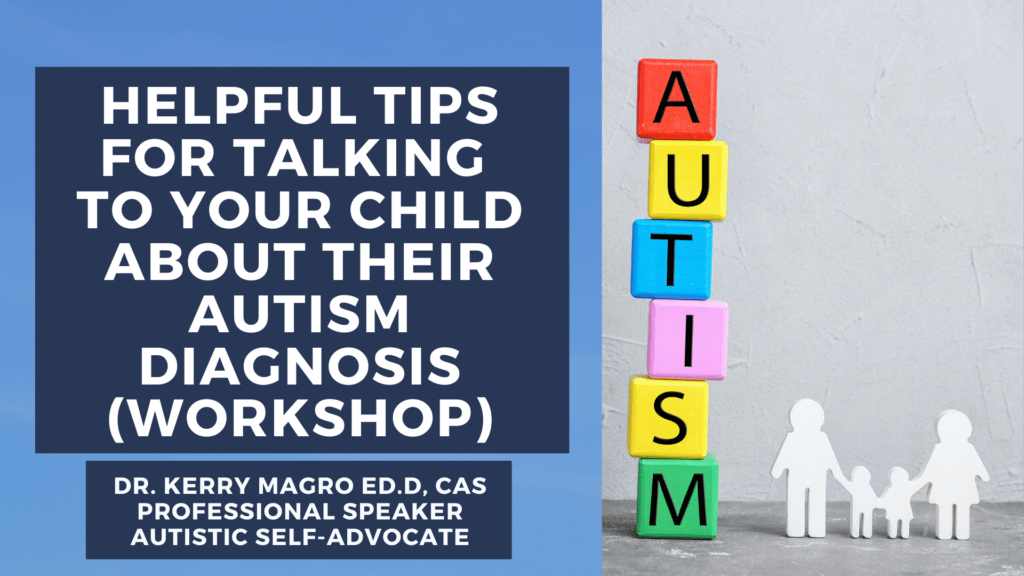This guest blog was written by Mairi Hallman, an autistic student who is currently studying statistics at the University of Ottawa in Ottawa, Canada. When she isn’t studying or working as a summer intern at KFM, Mairi enjoys reading, experimenting with Notion, and brainstorming sarcastic comebacks for ableist remarks.
People with disabilities are America’s largest minority group, consisting of 54.4 million people or 18.7% of the US population (Lazer and Jaeger, 2016). It is therefore essential that employers looking to recruit talented employees consider the advantages of tapping into this skilled labor pool. Unfortunately, there are still many misconceptions about disabled employees that threaten our job prospects. Here are seven common ones, as well as the realities of what employers can anticipate when hiring a person with a disability.
Myth #1: Disabled employees won’t stick around.
Fact: In 1981, McDonalds participated in a study to evaluate the advantages to employers of hiring people with intellectual disabilities. The study found that intellectually disabled employees had an average turnover rate of 41%, compared to 175% for all employees in the study. Furthermore, it was estimated that the availability of full-time employment would have lowered turnover for intellectually disabled employees to 24% (Brickey and Campbell, 1981). (Please note – given that this study was done in 1981, the journal article uses a term for people with intellectual disabilities that is no longer acceptable). The cost of replacing a worker is estimated at approximately 50% of their annual salary, not including the loss of productivity while the replacement is still in training (Ongori, 2007). Hiring disabled people is not just a socially responsible decision, but a financially responsible one as well.
Myth#2: Accommodations for disabled employees are too expensive.
Fact: A 2005 study funded by the U.S. Department of Labor’s Office of Disability Employment Policy found that the majority of accommodations provide to employees with disabilities did not cost employers any money. Those that did had a “median cost of 600” (Hendricks et al, 2005). With an estimated annual inflation rate of 2%, this would be equivalent to approximately $823.67 in today’s dollars – a cost that could be easily justified by lower costs associated with employee turnover.
Myth #3: Disabled employees miss a lot of work.
Fact: A study by DuPont, which has been tracking disabled employees since 1973, found that 86% of disabled employees have average or better-than-average attendance records (Kalargyrou, 2012).
Myth #4: Inclusion of people with disabilities doesn’t matter to consumers.
Fact: Consumers want to patronize businesses that share their values. In a survey conducted by the Gallup Organization, 88% of participants said that they would prefer to support a business that employed disabled people. Furthermore, 1 in 4 Americans have a disability (National Center on Birth Defects and Developmental Disabilities, 2020). Alienating a quarter of your customer base and everyone who supports them is simply not good business. Disabled employees can also bring attention to accessibility issues that could discourage customers.
Myth #5: Employees with disabilities are a distraction in the workplace.
Fact: Much like the idea that the shoulders of teenage girls are distracting to their male classmates, there is no evidence to support this statement. In fact, employers generally view employees with disabilities as “having a positive effect on their co-workers” (Kalargyrou, 2012).
Myth#6: Disabled employees are less productive.
Fact: A number of disabilities, including autism, ADHD, and schizophrenia, are associated with a state of cognition known as hyperfocus. Hyperfocus is described as “complete absorption in a task, to a point where a person appears to completely ignore or ‘tune out’ everything else” (Ashinoff & Abu-Akel, 2019). By devoting all their mental energy to a task and not getting distracted, an employee would presumably be able to complete their tasks much more quickly.
Myth #7: Disabled employees are less interested in their work.
Fact: Several disabilities, most notably autism, are associated with intense special interests (Ambitious About Autism, 2021). An autistic person working in their field of interest will be incredibly passionate about and invested in their job. The result? A more productive, effective employee.
Note: Mairi is a fantastic individual who was one of our KFM Making a Difference for Autism Scholarship Winners. You can learn more about our Spring 2022 Scholarship application that is now open here. – Dr. Kerry Magro Ed.D. Professional Speaker, Author & Autistic Self-Advocate
Sources
Ambitious About Autism. (2021) Special Interests. Retrieved 10 August 2021, from https://www.ambitiousaboutautism.org.uk/information-about-autism/behaviour/special-interests
Ashinoff, B., & Abu-Akel, A. (2019). Hyperfocus: the forgotten frontier of attention. Psychological Research, 85(1), 1-19. doi: 10.1007/s00426-019-01245-8
Brickey, M., & Campbell, K. (1981). Fast food employment for moderately and mildly mentally retarded adults: the Mcdonald’s project. Mental retardation, 19(3), 113–116.
Courchesne, V., Langlois, V., Gregoire, P., St-Denis, A., Bouvet, L., Ostrolenk, A., & Mottron, L. (2020). Interests and Strengths in Autism, Useful but Misunderstood: A Pragmatic Case-Study. Frontiers In Psychology, 11. doi: 10.3389/fpsyg.2020.569339
Hendricks, D., Batiste, L., Hirsh, A., Schartz, H., & Blanck, P. (2005). Cost and Effectiveness of Accommodations in the Workplace: Preliminary Results of a Nationwide Study. Disability Studies Quarterly, 25(4). doi: 10.18061/dsq.v25i4.623
Kalargyrou, V. (2012). People with disabilities: A new model of productive labor. University Of New Hampshire Scholars’ Repository.
Lazar, J., and Jaeger, P. (2011). Reducing Barriers to Online Access for People with Disabilities. Issues in Science and Technology 27, No. 2, Winter 2011.
National Center on Birth Defects and Developmental Disabilities, Centers for Disease Control and Prevention. (2020). Disability Impacts All of Us Infographic | CDC. Retrieved 10 August 2021, from https://www.cdc.gov/ncbddd/disabilityandhealth/infographic-disability-impacts-all.html
Ongori, H. (June 2007). A review of the literature on employee turnover. African Journal of Business Management, pp 049-054.














